Marine Battery Basics
Understanding batteries and their use has become a very important part of boating. Batteries are necessary to start your boat and to run all the electrical devices on board that help make boating easier and more fun. In this Navigator, we start with the basics of batteries and then explore the different applications of batteries used on boats.
What is a boat battery, and how does it work?
A boat battery is a unique kind of battery that is specifically designed to power the electrical systems on a boat. It stores chemical energy, which is then converted into electrical energy when required. The electrical energy generated powers different components of the boat, such as navigation systems, lights, and other electronics onboard. It's important to note that marine batteries are different from car batteries because they are designed to handle the harsh marine environment and the constant vibration of the boat. They also have thicker plates that better withstand deep cycling than car batteries. Proper maintenance of your boat battery is also crucial for its longevity and performance. This includes regular charging and cleaning to prevent corrosion and other damages caused by exposure to saltwater or extreme temperatures. It's recommended to follow manufacturer guidelines for maintenance and replacement schedules to ensure optimal performance from your boat battery.
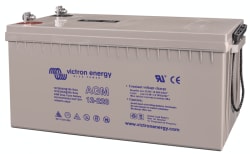
Boat Battery Applications
There are three types of batteries for boats:
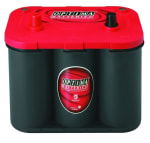
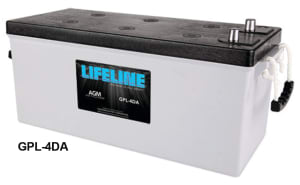
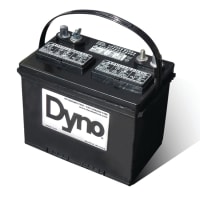
Battery Knowledge: Types of Marine Batteries
Floaded Lead Acid Batteries - They are the most traditional and affordable type of marine batteries. They are easy to handle and install, making them popular among boat owners. Flooded lead acid batteries are considered to be the best value, but they require regular maintenance, including checking fluid levels and adding distilled water as needed. Different types of lead acid batteries are available in the market, such as starting, deep-cycle, and dual-purpose.
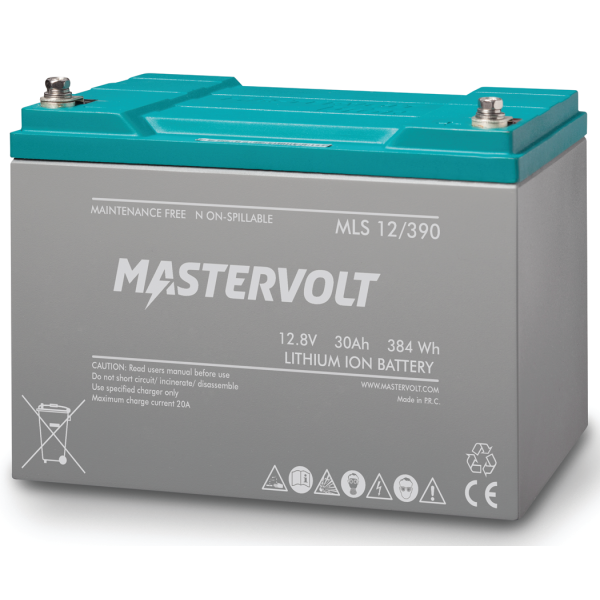
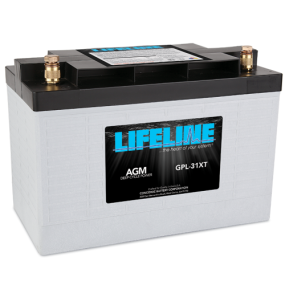
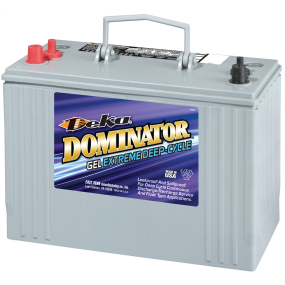
Charging a Marine Battery
Charging boat batteries is an important aspect of their maintenance. It's recommended to use a marine-grade battery charger that is specifically designed for your type of battery. This will ensure the battery is charged correctly and prolong its lifespan. When charging, make sure to follow the manufacturer's instructions and safety guidelines. Avoid overcharging or undercharging the battery, as this can damage it or decrease its performance. Regularly check the battery voltage and charge status to ensure it is in good condition. If you notice any issues or abnormalities, consult a professional for assistance.
Marine Battery Storage
Marine battery storage is an essential aspect of boating and marine life. Properly storing your boat's batteries when not in use can prolong their lifespan, prevent damage, and improve their overall performance. Some key tips for marine battery storage include keeping them charged, avoiding extreme temperatures, disconnecting them when the boat is not in use, and storing them in a dry and ventilated area. It is crucial to follow these guidelines to ensure that your boat's batteries remain in good condition and are ready for use when you need them.
How do I choose the right size and type of battery for my boat?
Selecting the appropriate battery size and type for your boat requires careful consideration of several factors. These include the battery's capacity, voltage requirements, and the electrical demands of your boat's equipment. To ensure that you make an informed decision, it is recommended to consult your boat's manual or speak to a marine battery specialist who can provide guidance specific to your vessel's needs. Factors such as usage frequency and charging time should also be taken into account when selecting a battery to ensure optimal performance and longevity. Choosing the right battery is essential for ensuring that your boat's electrical system runs smoothly and reliably, allowing you to enjoy your time on the water without any technical difficulties.
What does CCA and MCA mean on a battery?
CCA stands for Cold Cranking Amps, which is a measure of a battery's starting power in cold temperatures. It indicates the number of amps a battery can deliver at 0 degrees Fahrenheit for 30 seconds while maintaining a voltage of at least 7.2 volts. MCA, on the other hand, stands for Marine Cranking Amps and is a measure of a battery's starting power in marine environments. MCA measures the number of amps that a battery can deliver at 32 degrees Fahrenheit for 30 seconds while maintaining a voltage of at least 7.2 volts. Both CCA and MCA are important factors to consider when choosing the right battery for your boat.
How long does a marine battery typically last before it needs to be replaced?
The lifespan of a marine battery can vary depending on multiple factors, such as the quality of the battery, frequency of use, and maintenance. However, on average, a marine battery can last between 2-5 years before it needs to be replaced. It is important to keep track of the age and condition of your battery to avoid any unexpected failures while out on the water. Regular maintenance, such as keeping the battery charged and clean, can prolong its lifespan.
To learn more about additional battery topics, click on the links below:
Choosing the Right Marine Battery
How to Size a Marine Battery Bank
We hope this Navigator has helped you understand batteries and the job they perform on your boat. If you have further questions, please don't hesitate to contact our battery experts at (800) 426-6930.